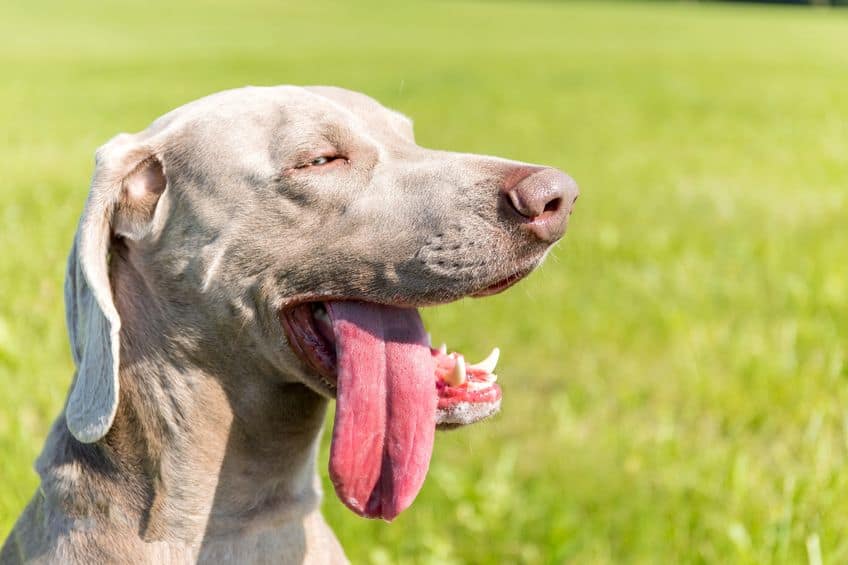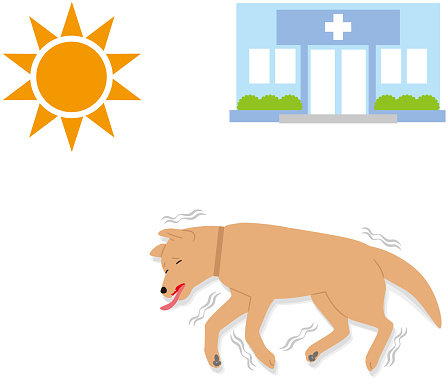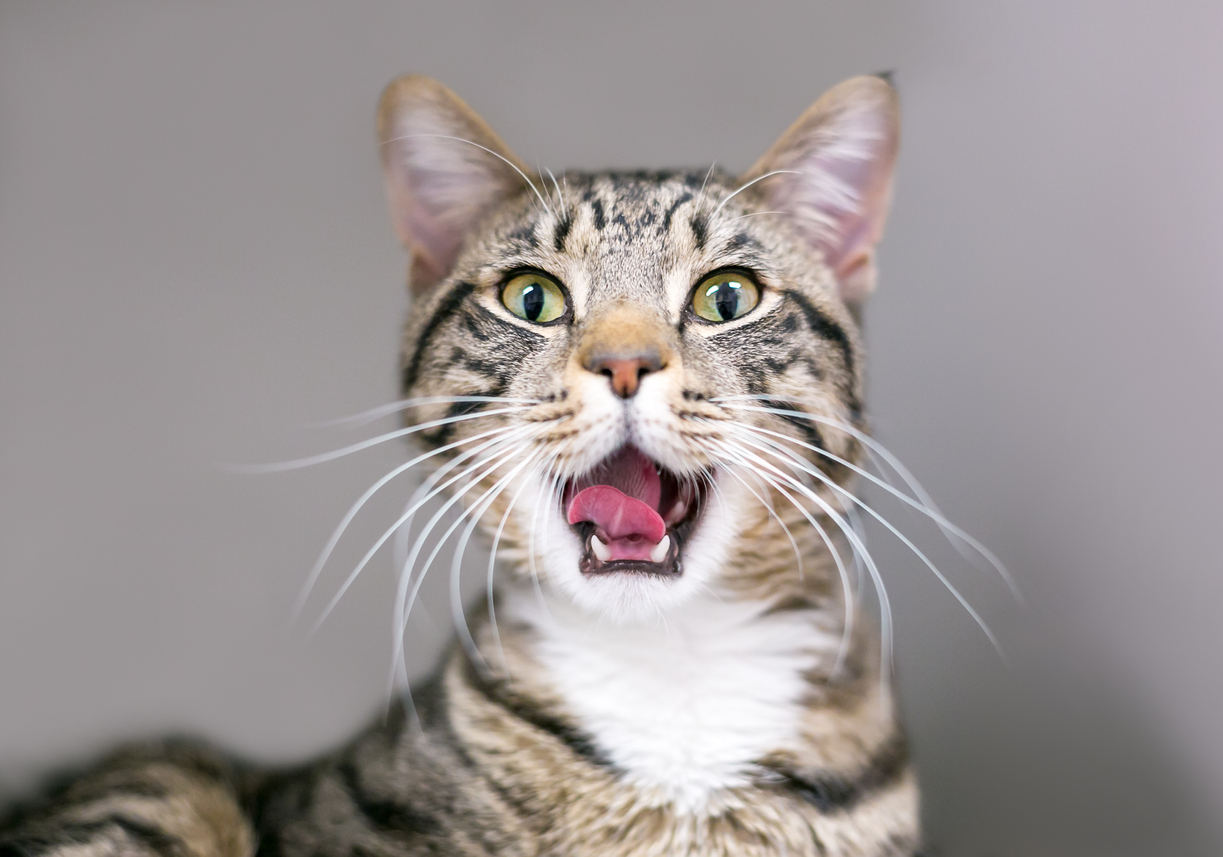Stroke
What causes a stroke?
Anything that can block an artery supplying the brain can cause a stroke. Some causes include a blood clot such as a thrombus or embolus that lodges in a blood vessel in the brain (cerebrum). This is also known as a thromboembolism or an embolism.
Cerebral bleeding from trauma or as a result of thrombocytopenia or low blood platelet count can also cause strokes.
The cause of most strokes is unknown.

What age and breeds of pets are most at risk for having a stroke?
The age at which a pet may suffer a stroke tends to be related to the underlying systemic disease or cause of cerebrovascular disease. Cases have been reported from ages 2 to 21 years.
With regards to breeds, no particular breed has been identified as being predisposed to having a stroke.

What are the signs of a stroke?
Signs of a stroke are variable depending on the region or regions of the brain affected, and the degree and duration of blood and oxygen deprivation. There may be sudden collapse, a head tilt, blindness, circling, stumbling, rapidly moving pupils, or simply disorientation.
Affected cats may also show abrupt changes in behavior.

How is a stroke diagnosed?
Because many other conditions can have some of the same clinical signs, diagnosing a stroke may be a case of ruling out other possibilities. This often requires extensive tests, including blood work, imaging, blood clotting analysis, looking for evidence of infectious disease, and analysis of the cerebrospinal fluid.
Magnetic resonance imaging (MRI) is the ideal diagnostic test for diagnosing a stroke and its consequences in the brain.
What is the treatment?
Treatment is quite complex and there is no guarantee of complete success. It is important to find the underlying cause of the stroke if possible. The use of thrombolytic drugs (clot-busters) as are used in human medicine have not been established in animals.



